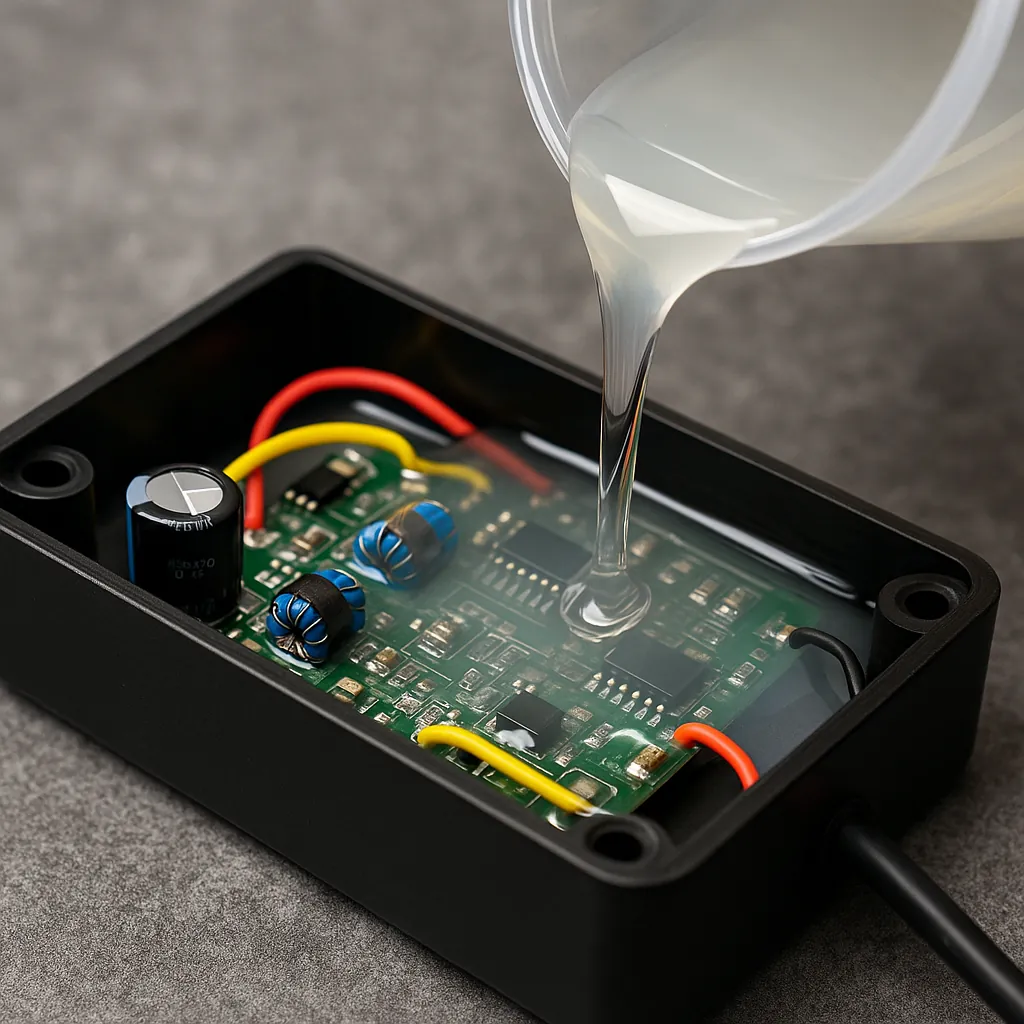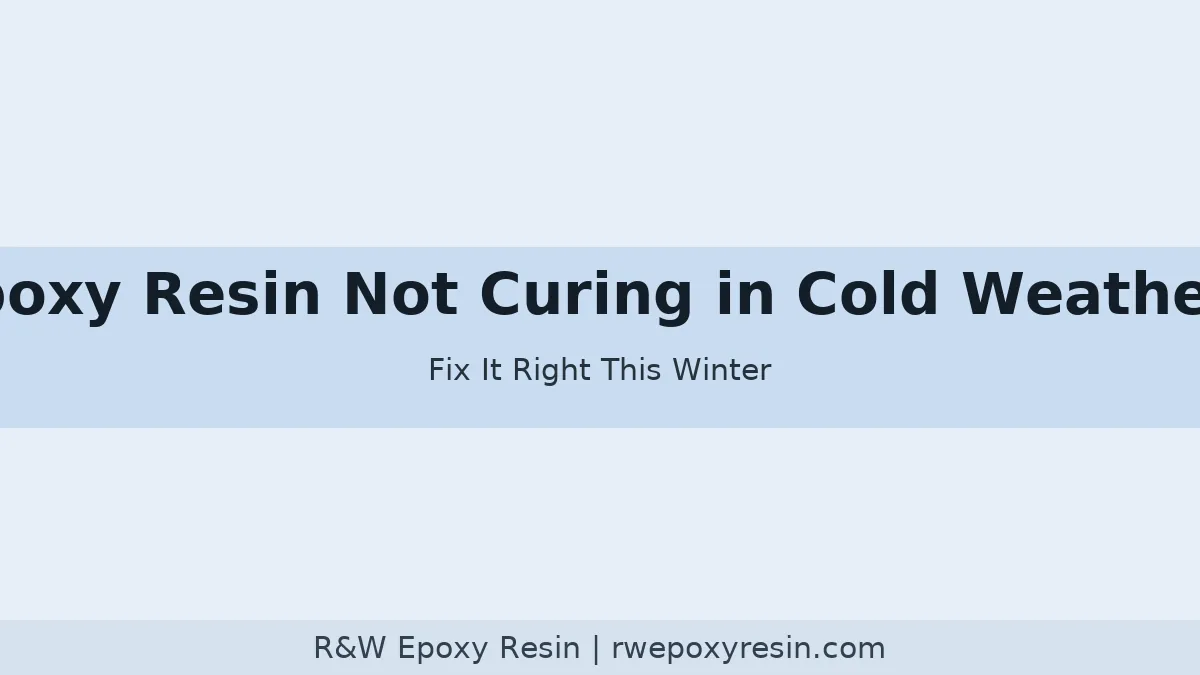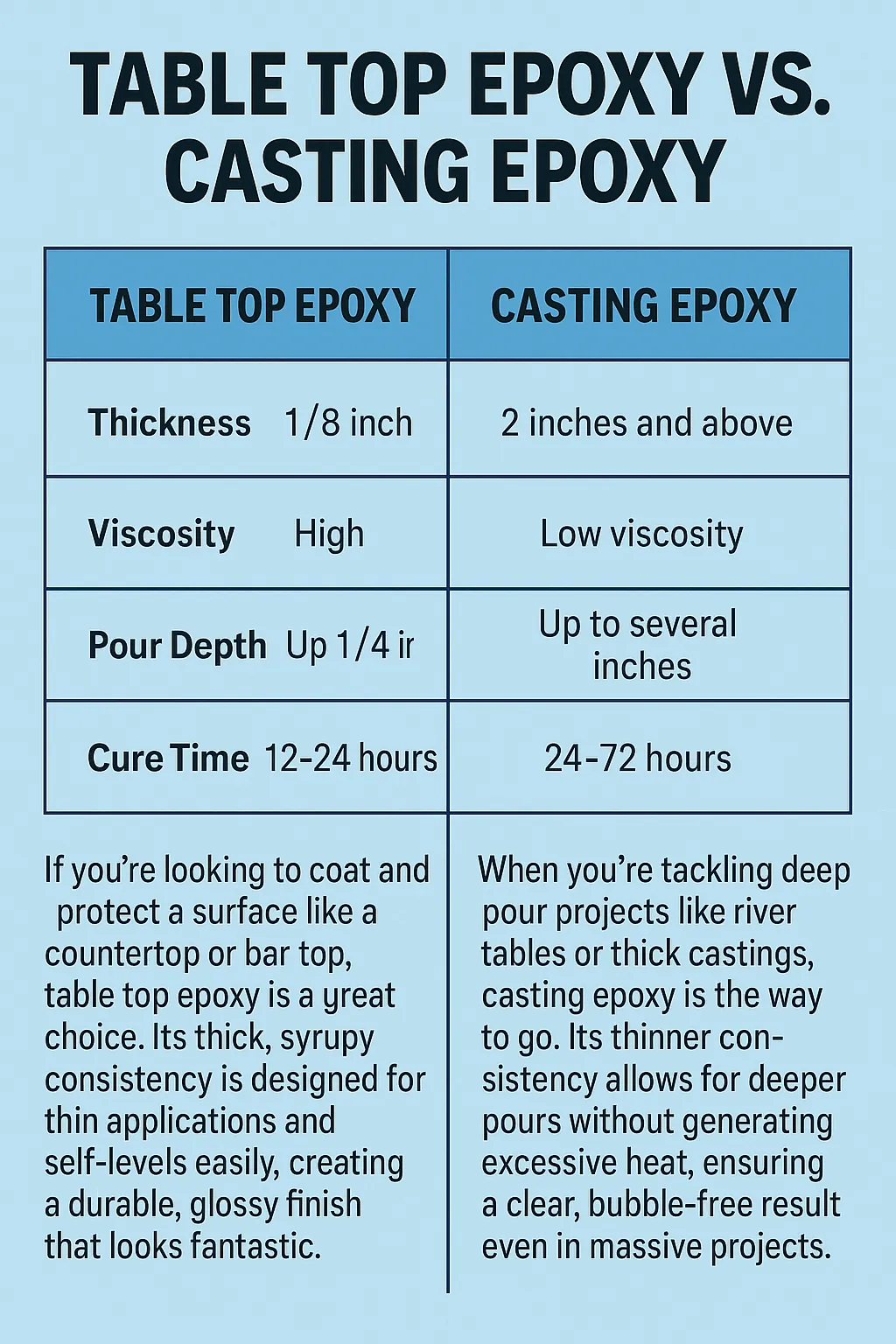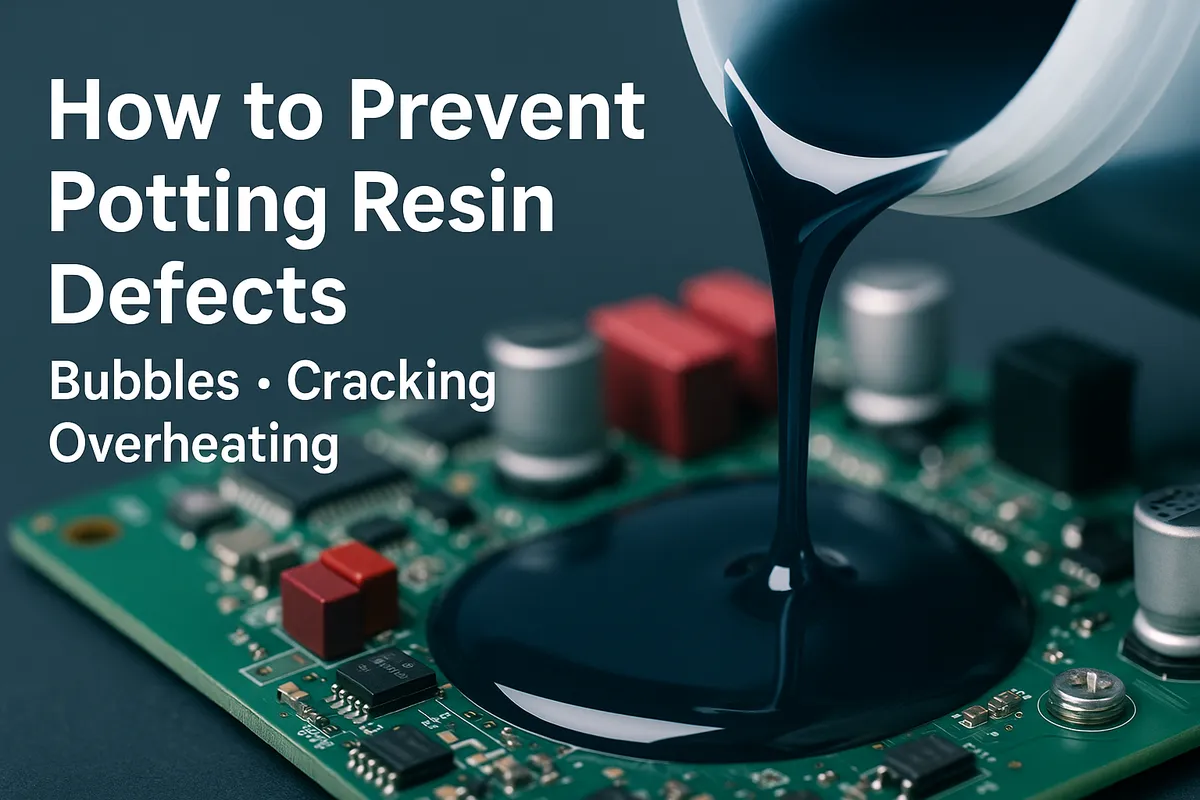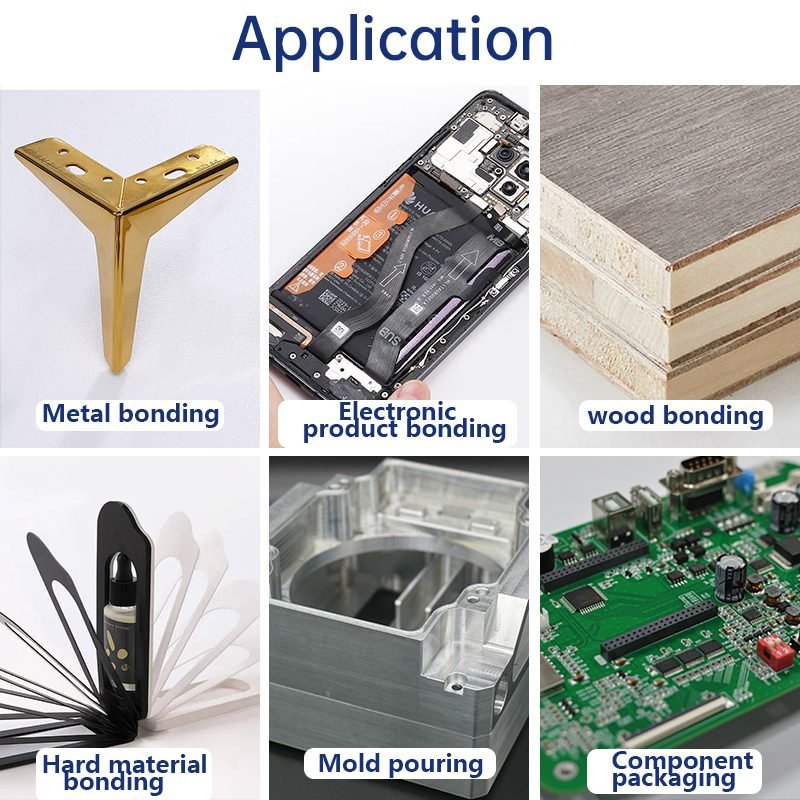Epoxy resin offers a robust and durable solution for protecting electronic components from moisture, dust, mechanical shock, and thermal stress. Unlike silicone or polyurethane, epoxy delivers higher adhesion and rigidity, making it ideal for applications where strength and long-term performance are critical.
If your epoxy resin still sticky after hours—or even days—you’re not alone.
I remember my first big resin pour on a walnut tabletop: it looked like liquid glass under the shop lights,
but the next morning it was tacky, leaving fingerprints. Let’s look at why epoxy resin still sticky
happens and, more importantly, how to fix it so you get a crystal‑clear, rock‑hard finish every time.
Potting resin defects can lead to real damage—both to your components and your brand. Whether you’re potting LED strips, PCBs, or power supplies, knowing how to prevent bubbles, thermal buildup, and cracking is critical.
Fishing Rod Repair DIY: How Epoxy Resin Restores Outdoor Gear There’s something deeply satisfying about fixing your own gear — especially something like a fishing rod, which often carries not just function but memories. A snapped guide or a cracked joint doesn’t mean the rod is done for. With the right type of epoxy resin, […]
Industrial adhesives play an integral part in electronics manufacturing. Their various uses in electronics production range from bonding, sealing, encapsulating and protecting electronic components to offering properties such as electrical conductivity, thermal conductivity, low outgassing rates and moisture resistance. Electronic manufacturing industries utilize various adhesives that suit specific purposes and requirements, with each suitable for […]
Adhesives have increasingly replaced soldering processes in electronics manufacturing and assembly. Adhesives provide strong bonds to hold PCB components in place while protecting electronics against vibration, corrosion and environmental hazards. Common uses for adhesives in electronics applications include bonding of surface-mount devices, wire tacking, potting/encapsulating/coating PCBs conformally as well as conformal coating PCBs. A variety […]
A versatile two-component adhesive used in many industries, AB glue has excellent bonding abilities but may present challenges and drawbacks that limit its performance across sectors. Here we explore strategies and practical solutions that may improve its functionality to maximize efficiency across numerous fields. Overview of AB glue AB glue is a two-component adhesive typically […]
An AB adhesive is a two-component glue made up of A agent and B agent; these need to be mixed in specific proportions in order for it to play its purpose, making this widely applicable in multiple fields due to its special performance characteristics. Characteristics of an Adhesive bond. High Bond Strength: When […]
Manufacturers often prioritize storage costs and quality when choosing industrial adhesives, particularly one-component adhesives with tight storage conditions as improper storage could compromise their chemical properties and lead to high storage costs. One component adhesives require careful storage conditions in order to retain their quality properties over time; otherwise their chemical composition would deteriorate rapidly […]
- 1
- 2

